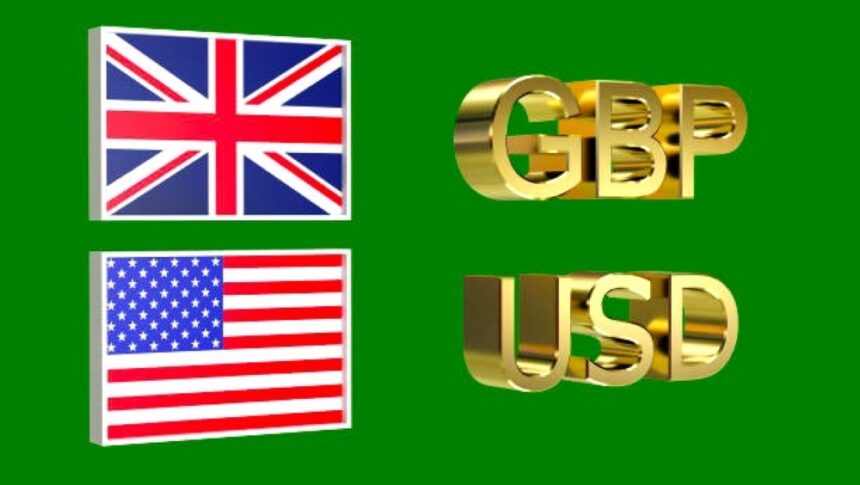The Pound Sterling (GBP) edged higher to around 1.3540 against the US Dollar (USD) on Friday, partially recovering from Thursday’s steep losses triggered by stronger-than-expected US Producer Price Index (PPI) data. The US Dollar Index (DXY) eased slightly to 98.05, retreating from Thursday’s highs, yet holding most of its recovery from the two-week low of 97.60.
Thursday’s PPI release showed wholesale prices rising at the fastest pace in three years, largely driven by tariff effects. This sudden surge in producer inflation gave the USD a short-term boost, as markets questioned the likelihood of an imminent Fed rate cut.
Hot US PPI Raises Fed Policy Doubts
Both headline and core PPI rose 0.9% month-on-month in July, sharply above the prior reading of 0.0%. Economists noted that businesses were passing on tariff costs to buyers rather than absorbing them, raising concerns about persistent inflationary pressures.
While the Fed has maintained a “wait-and-see” stance, traders using the CME FedWatch Tool still see a strong probability of a September rate cut, citing cooling labor market data and July’s moderate Consumer Price Index (CPI) figures. The divergence between wholesale and consumer inflation fueling debate over whether the PPI spike is a temporary tariff-related shock or the beginning of broader inflationary momentum.
UK Economic Outlook: BoE Cautious Despite GDP Surprise
In the UK, the economic narrative remains mixed. The Office for National Statistics (ONS) reported Q2 GDP growth of 0.3%, exceeding forecasts of 0.1% but slowing from the prior quarter’s 0.7% expansion. This data provided some relief to policymakers, but analysts warn of headwinds ahead.
The Bank of England (BoE) widely expected to keep interest rates unchanged for the remainder of the year, as inflation remains stubbornly high and wage pressures persist. Economists also highlight looming risks from global trade uncertainty, soft labor demand, and a potential tax hike in the Autumn Budget by Chancellor Rachel Reeves. Any fiscal tightening could dampen consumer spending and slow growth into 2026.
Market Focus: UK CPI & US Retail Sales
Investors now shift attention to two major upcoming releases:
UK CPI (Wednesday): This will be a key input for BoE decision-making. Any upside surprise could reignite hawkish expectations and support Pound.
US Retail Sales (Friday, 12:30 GMT): Forecast to rise 0.5% month-on-month, down from June’s 0.6%. A weaker-than-expected print could renew Fed rate-cut bets and weigh on the USD.
Beyond data, traders are also monitoring the meeting between US President Donald Trump and Russian President Vladimir Putin in Alaska. Hopes pinned on discussions about ending the Ukraine conflict, although Trump has suggested a second meeting involving Ukraine’s leadership would be required for a final peace deal.
Pound Technical Analysis: Key Levels to Watch
From a technical perspective, GBPUSD’s rebound from 1.3510 support suggests short-term buying interest, but upside momentum remains fragile.
Immediate resistance: 1.3575 (Thursday’s high)
Next resistance: 1.3600 (psychological level, recent rejection zone)
Support levels: 1.3510 (recent swing low), followed by 1.3475 (50-day SMA)
RSI: Hovering near 48, indicating a neutral-to-slightly-bearish bias
A sustained break above 1.3600 could open the door toward 1.3650, while a close below 1.3510 would signal renewed bearish pressure toward 1.3450.
Conclusion
The Pound Sterling recovery on Friday reflects a pause in USD strength rather than a clear shift in market sentiment. Traders are positioning cautiously ahead of high-impact events notably UK CPI and US Retail Sales which could define Pound direction for the rest of August. While the pair holds above 1.3510, short-term bias remains mildly constructive, but gains may be cap near 1.3600 unless incoming data strongly favors Sterling.









